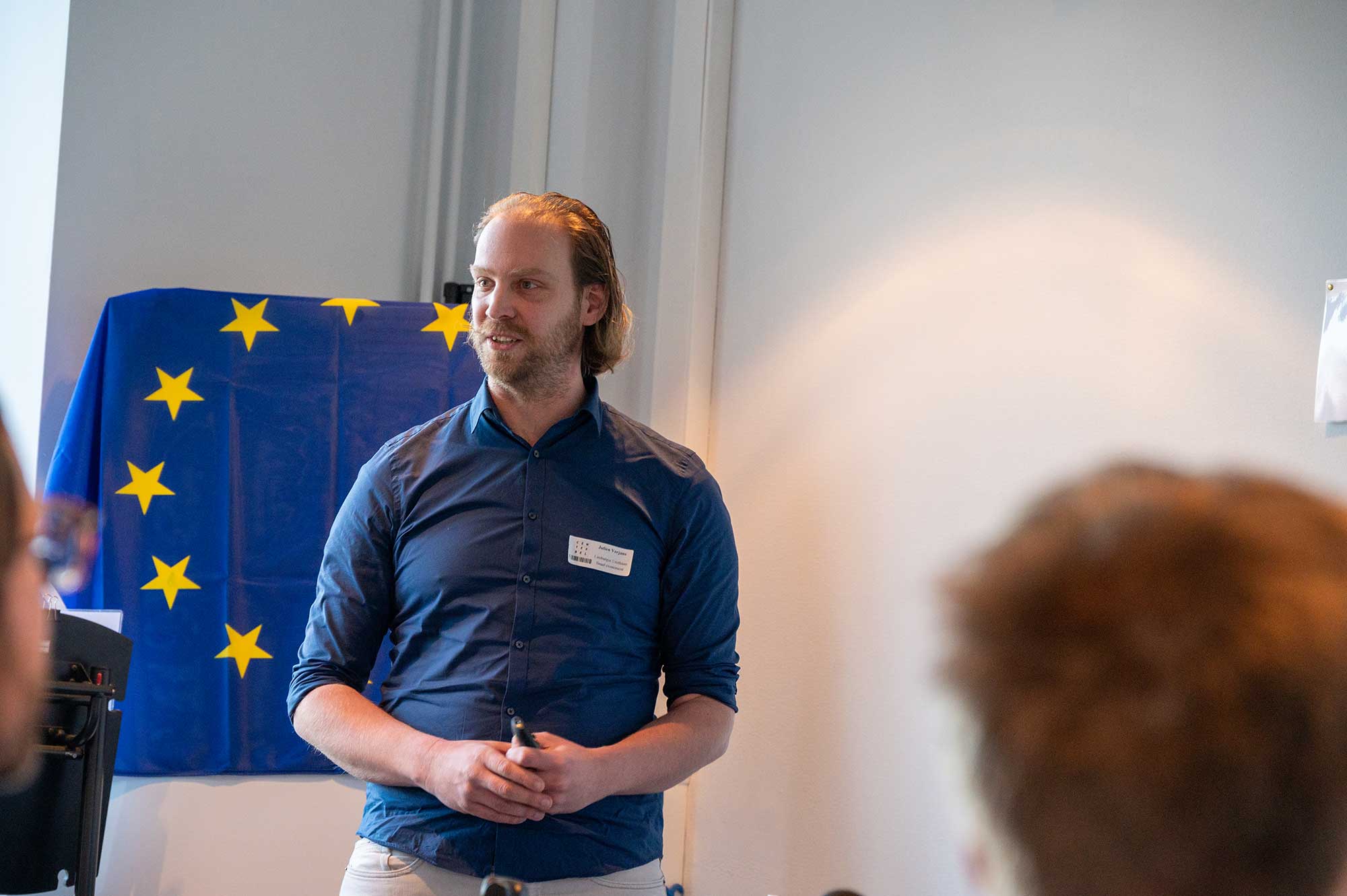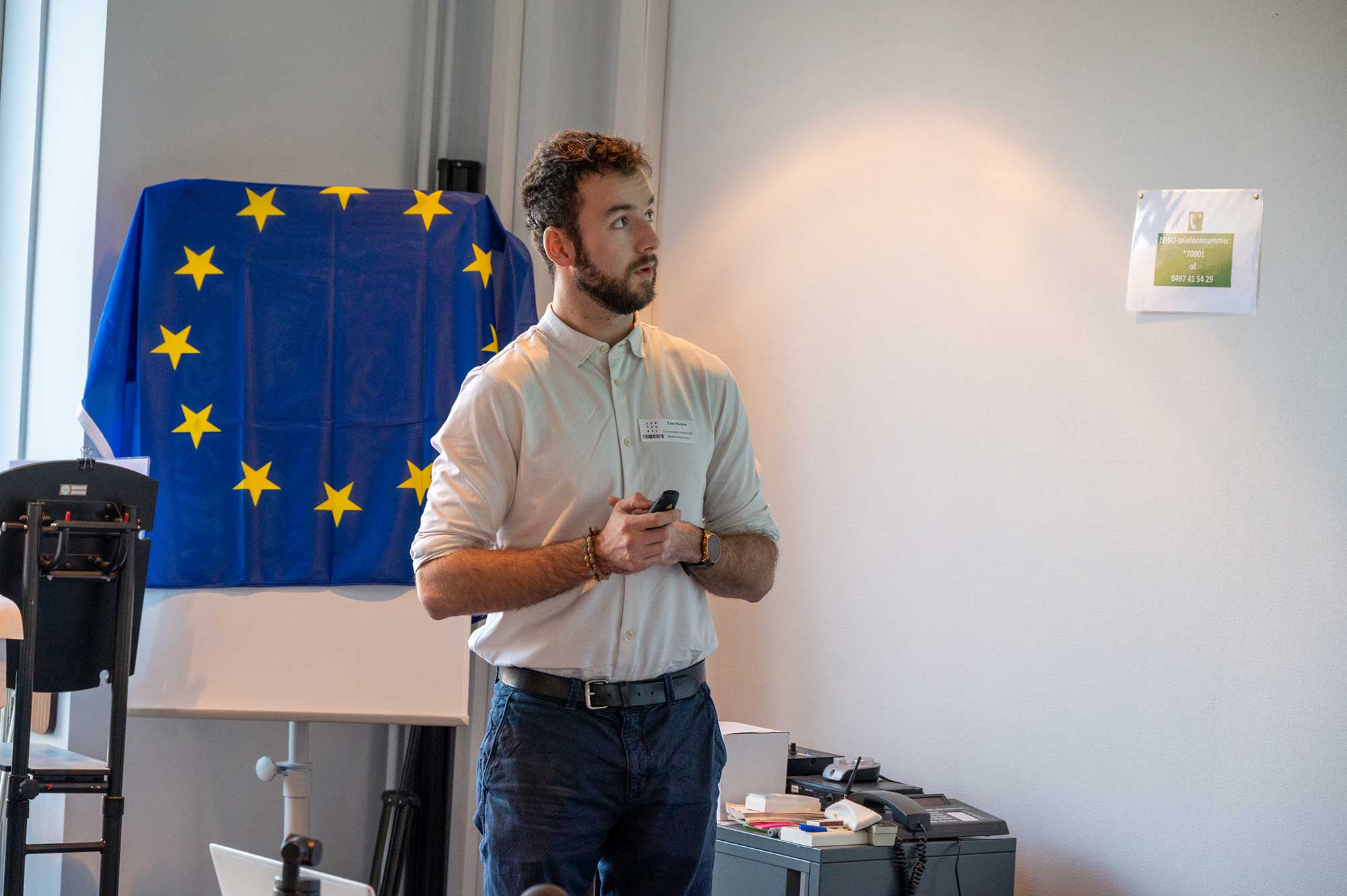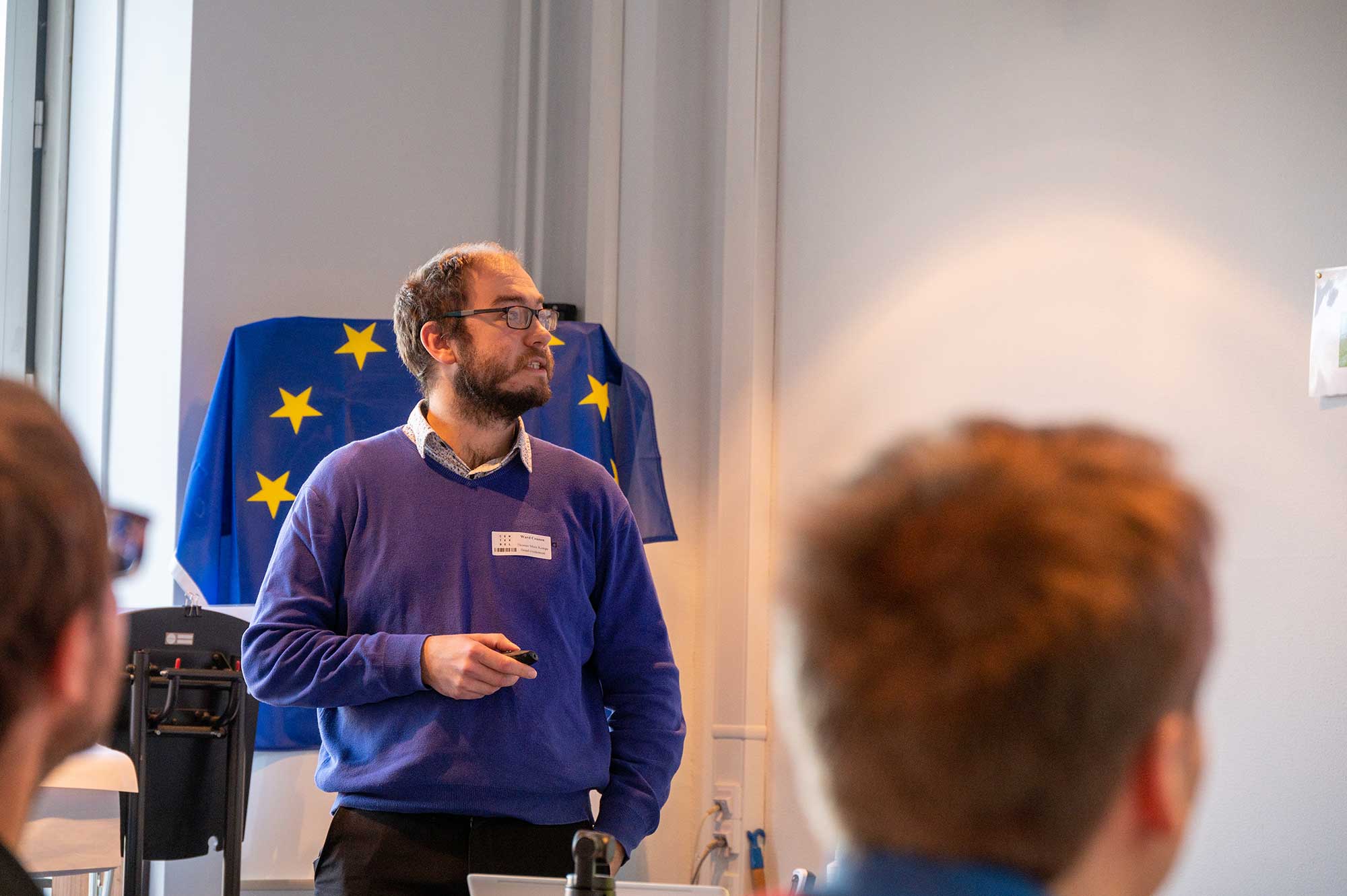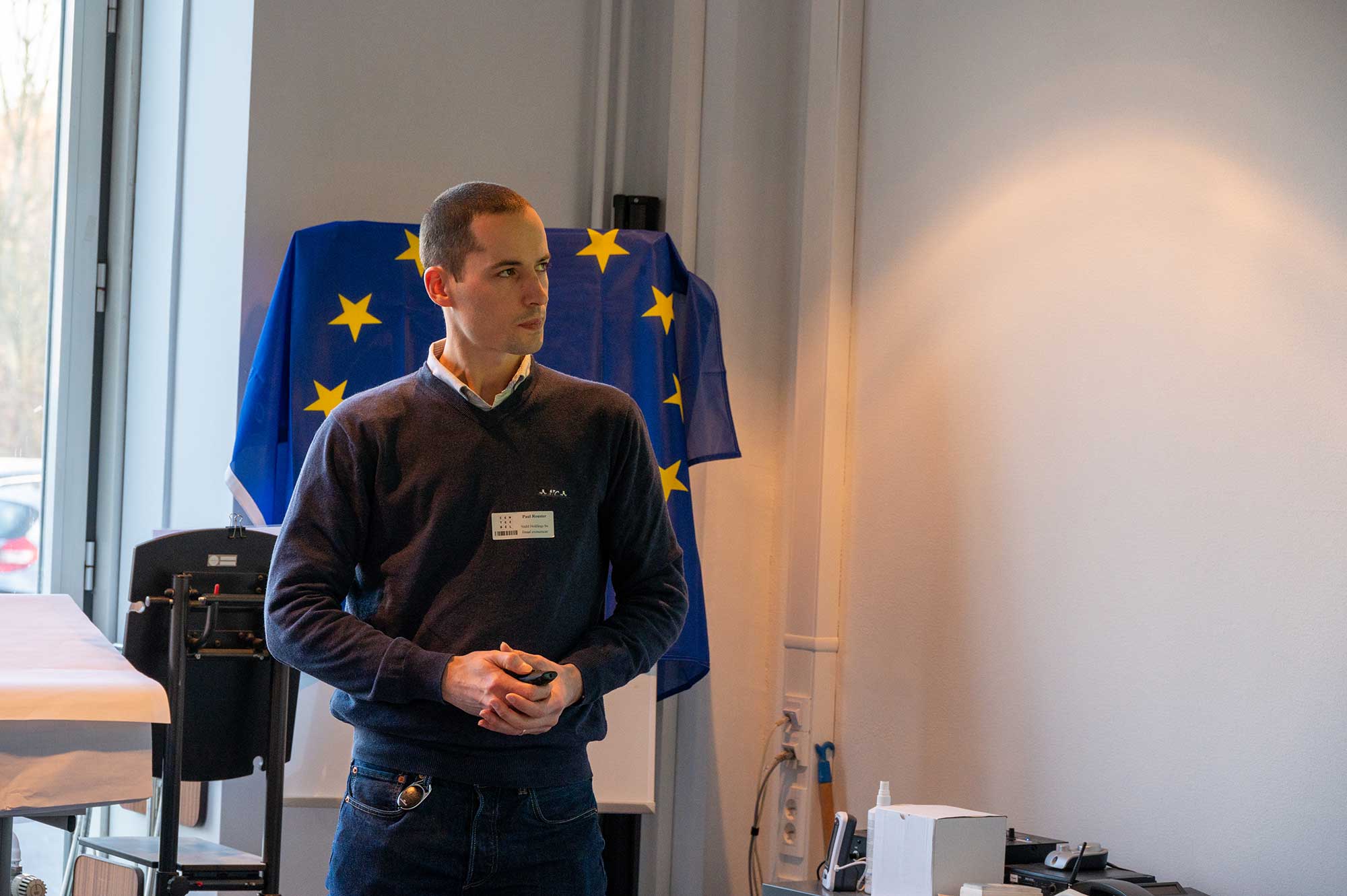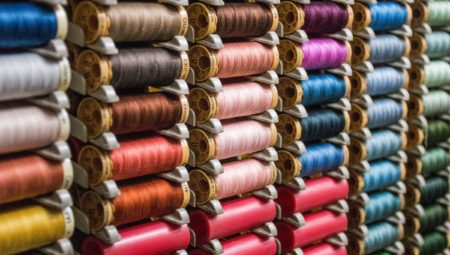Conventional PU is made from fossil raw materials (petroleum), while the trend is bio-based. For instance, the textile sector wants to make at least 20% of its products from bio-based materials by 2030. Moreover, the European Commission is preparing a new regulation (REACH) restricting the use of diisocyanates, a building block for PU, in the EU. The development of NIPUs that are biobased in origin is therefore an important step forward towards a more sustainable and healthier bio-society.
Brand new
Biopolymers for textile coatings and elastomers such as PU are sparse. They are currently available for a limited number of applications and are only 50% bio-based on average. Moreover, there is hardly any research on the application of NIPU in coatings and elastomers. “So the BioNIPU project is about brand-new applications,” said David De Smet of Centexbel.
The aim of the BioNIPU project is to develop versatile and complete bio-based building blocks for these applications. Only renewable biobased raw materials, such as residues from sugar refining and biodiesel production, and natural oils and fats, are used for production. The result after three years of research: 95% bio-based NIPUs synthesised via a mild route. For elastomers, these can be used directly; for coating applications, they only need to be dispersed in water.
Collaboration
To develop the technology from lab scale to industrial production, both knowledge institutions (Maastricht University, Thomas More University of Applied Sciences, research institute Centexbel) and industry were represented in the BioNIPU project consortium (PU producer LUC and coating producer Stahl).
Maastricht University has extensive expertise in the synthesis of biobased materials and developed bioNIPU at lab scale. The synthesis was explained by researcher Enzo Pichon. In this case, it involves transurethanisation, where properties can be well controlled by adjusting process conditions.
The developed bioNIPU[/anchor] was applied on a small scale by Centexbel, where processability and mechanical properties were also evaluated. This showed, among other things, that textile coatings with bioNIPU achieved good performance on properties such as light and colour fastness, wash resistance and waterproofness. The production of elastomers with bioNIPU has not yet reached this stage and still requires some research, for which a follow-up project may be launched.
Optimising
Thomas More college repeated Maastricht University’s lab procedures to determine whether they could be optimised and then scaled up production from a few grams to a few ounces and then several kilograms. Ward Ceunen from Thomas More, Campus Geel spoke about this during the finals event. It led to samples with which the industrial partners in the consortium could carry out application tests.
The resulting samples were evaluated by Stahl and LUC (Limburg Urethane Chemistry) for industrial application. “Our participation in BioNIPU allowed us to be introduced to an entirely new route for the synthesis of polyurethanes,” says Julien Verjans of LUC, a company specialising in custom-made synthetic rubbers. “Anticipating the changing REACH regulations, it is important for us to take the first steps beyond living with diisocyanates. This was initially a challenge for us, but we have made significant progress with this.”
Paul Rouster of Stahl Holding, a company specialising in coatings and chemicals points to the evolution of the chemical industry: “At the beginning of the last century, all our products contained solvents, but since the turn of the century that has changed. Now sustainability is one of the main drivers for us to participate in this project. BioNIPU chemistry allows us to operate greener and safer than ever. It is the future. We therefore expect our LCAs to be significantly lower with bioNIPU.”
This article was produced in collaboration with Centexbel.
The ‘BioNIPU’ project has been funded in the Interreg V programme Flanders-Netherlands, the cross-border cooperation programme with financial support from the European Regional Development Fund (ERDF), with co-financing from the province of East Flanders, province of Antwerp, the Dutch Ministry of Economic Affairs and Climate and the Flemish government.
Image above: Andy.LIU/Shutterstock

